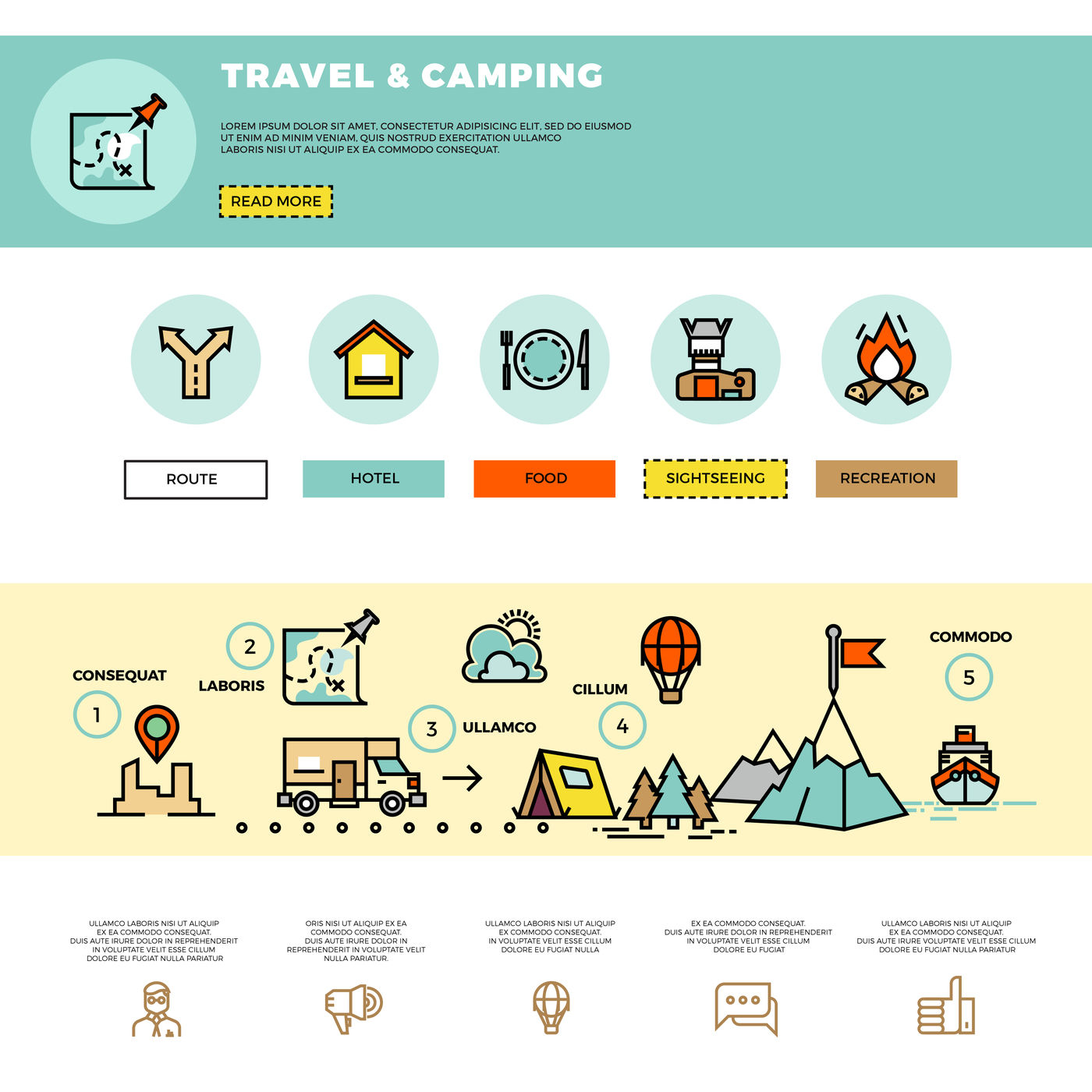While both deal staminas in various settings, it is necessary to establish which kind of insulation will best serve your demands. The insulation you pick effects warmth, weight, water resistance, compressibility and price.
Down is gathered from waterfowl, commonly ducks or geese. It is valued for its agility, simple compression and shielding residential properties. However, down comes to be less efficient when damp.
Warmth-to-Weight
A high warmth-to-weight ratio is wanted in outdoor garments and gear. The protecting buildings of down feathers make them a wonderful alternative for this function, as they are incredibly warm and light-weight.
Nonetheless, down sheds its shielding abilities when it splashes, implying it requires to be paired with a water resistant covering. Additionally, some individuals are allergic to down, making synthetic coats a better choice for them.
Artificial insulations are typically made from recycled polyester and developed to resemble down's insulating residential properties. They are not as lightweight as down, but they do not shed their shielding abilities when they splash and completely dry more quickly than down. They are likewise extra economical than down. Nonetheless, their lifespan is much shorter than down, resulting in higher maintenance and substitute prices.
Water Resistance
The insulation you choose for your job coat will make a huge distinction in just how comfortable you feel outdoors. Nevertheless, the type of insulation you pick additionally has significant implications for your sustainability goals.
Down is an exceptional insulator for a variety of factors. It's lightweight, compressible, and provides a great warmth-to-weight proportion. Nonetheless, it does not prosper when it splashes. Down clumps up and loses its loft when wet, which can substantially minimize its capacity to trap warmth.
Synthetic insulation materials, such as Thinsulate and Primaloft, hold up far better versus damp problems. They typically have a tight weave or chemical finishing that maintains water from penetrating the textile. This allows the insulation to remain breathable, even if wet. It's worth noting that synthetics can also be unpleasant when wet, however they maintain their protecting residential handbag properties.
Compressibility
While goose down does have a premium warmth-to-weight proportion, artificial insulation carries out similarly. However, unlike down which absorbs and loses its insulating abilities when wet, synthetic insulation does not. As a result, it can keep its loft and trap warm air in damp problems.
Usually made from polyester sheets or collections that mimic down, the most common artificial insulation brand names consist of PrimaLoft, FullRange, Thermoball and Patagonia's PlumaFill. While it still can not match down's loftiness and warmth-to-weight, synthetic jackets are lightweight, fast to completely dry and more economical than down. This makes artificial jackets ideal for wet environments, or if you're prone to sweating heavily. Synthetic coats are additionally much less delicate than down and can take a beating. This resilience extends to their face textiles which are generally thicker and extra long lasting than down.
Sturdiness
A major consideration in sustainability is a product's long life and toughness. Natural products like cork, ThermaCork increased cork and Havelock woollen last longer than synthetic options like fiberglass and plastic. They likewise need less upkeep and can stand up to extreme environmental problems.
Nonetheless, natural insulation doesn't execute as well when damp as artificial alternatives. Woollen and fleece glob together when wet, endangering their capability to trap heat. Artificial insulation, on the other hand, does not absorb dampness and remains to insulate also when soaked.
This makes artificial insulation suitable for wet environments and difficult activities where you could sweat heavily. It's also less complicated to wash and dries faster than down. This included resilience and reliability make artificial insulation an overall winner in this category. This converts to resilient insulated job boots that last long and maintain you warm via demanding settings.
Sustainability
All-natural materials use biodegradability and a smaller ecological footprint, while artificial choices brag resilience and cutting-edge applications that support power effectiveness. Nonetheless, it is very important to understand real environmental effect of these insulation materials from cradle-to-grave.
As an example, if a natural insulation product has to travel a long distance from its resource to the building website, transportation-related emissions boost its overall carbon impact. Choosing locally sourced and reused products lowers that impact. And, selecting GREENGUARD and Cradle to Cradle certifications makes sure that insulation is free of unstable organic compounds (VOCs) and supports liable sourcing and labor conditions.
Sheep's woollen and cork are renewable insulation resources that are collected without hurting the tree or plant. Both have actually the added benefit of being normally resistant to mold, parasites and moisture.
